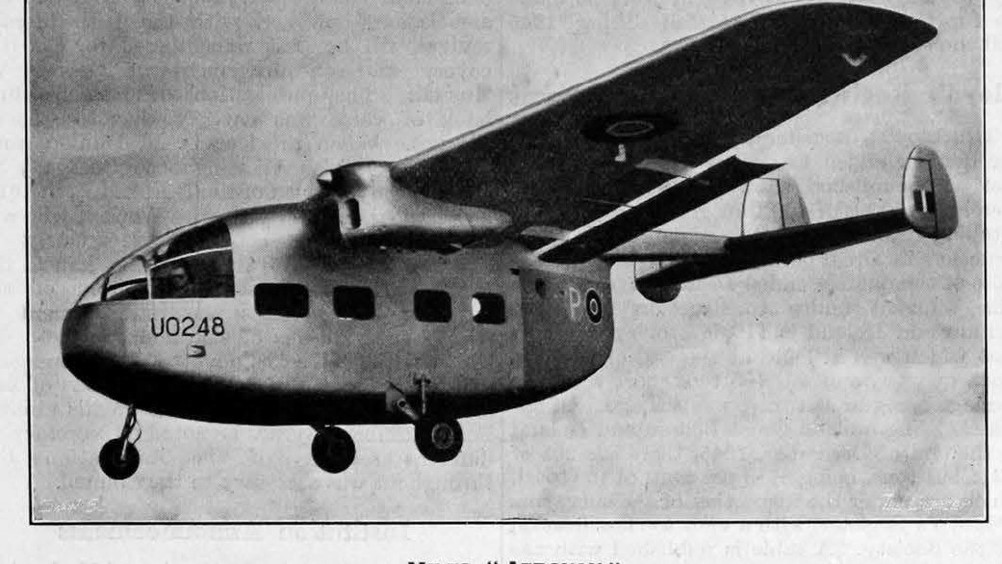January 1946: developments in the civil aviation sector
WWII ended in 1945 but - as The Engineer reported in January 1946 - it wasn’t long before hostilities broke out in the civil aerospace market

The Engineer’s third issue of 1946 saw the publication of a bullish article providing a roundup of aircraft developments in the civil aviation sector from 1945.
Sensing the post-war battle for market dominance, the magazine singled out the US as a significant competitor before embarking on its review of British innovation in the civil aviation space.
“The American manufacturers at one time thought that they [UK aircraft manufacturers] would have nothing to offer foreign buyers for several years,” said The Engineer. “They have been somewhat surprised to discover that we already have 20 different designs of civil aircraft in production or in an advanced stage of development, ranging from single-engined goods or passenger machines to an eight-engined, 110 ton transatlantic landplane.”
Our correspondent continued: “They have, too, freely admitted that while they may be ahead of us in equipment, we are far ahead of them in sales propaganda in overseas markets.”
Many of these innovations were derivatives of aircraft developed for the war effort, among them the Shetland Flying boat that was jointly designed and produced by Short Brothers Limited and Saunders Roe Limited.
Register now to continue reading
Thanks for visiting The Engineer. You’ve now reached your monthly limit of premium content. Register for free to unlock unlimited access to all of our premium content, as well as the latest technology news, industry opinion and special reports.
Benefits of registering
-
In-depth insights and coverage of key emerging trends
-
Unrestricted access to special reports throughout the year
-
Daily technology news delivered straight to your inbox










Water Sector Talent Exodus Could Cripple The Sector
Maybe if things are essential for the running of a country and we want to pay a fair price we should be running these utilities on a not for profit...